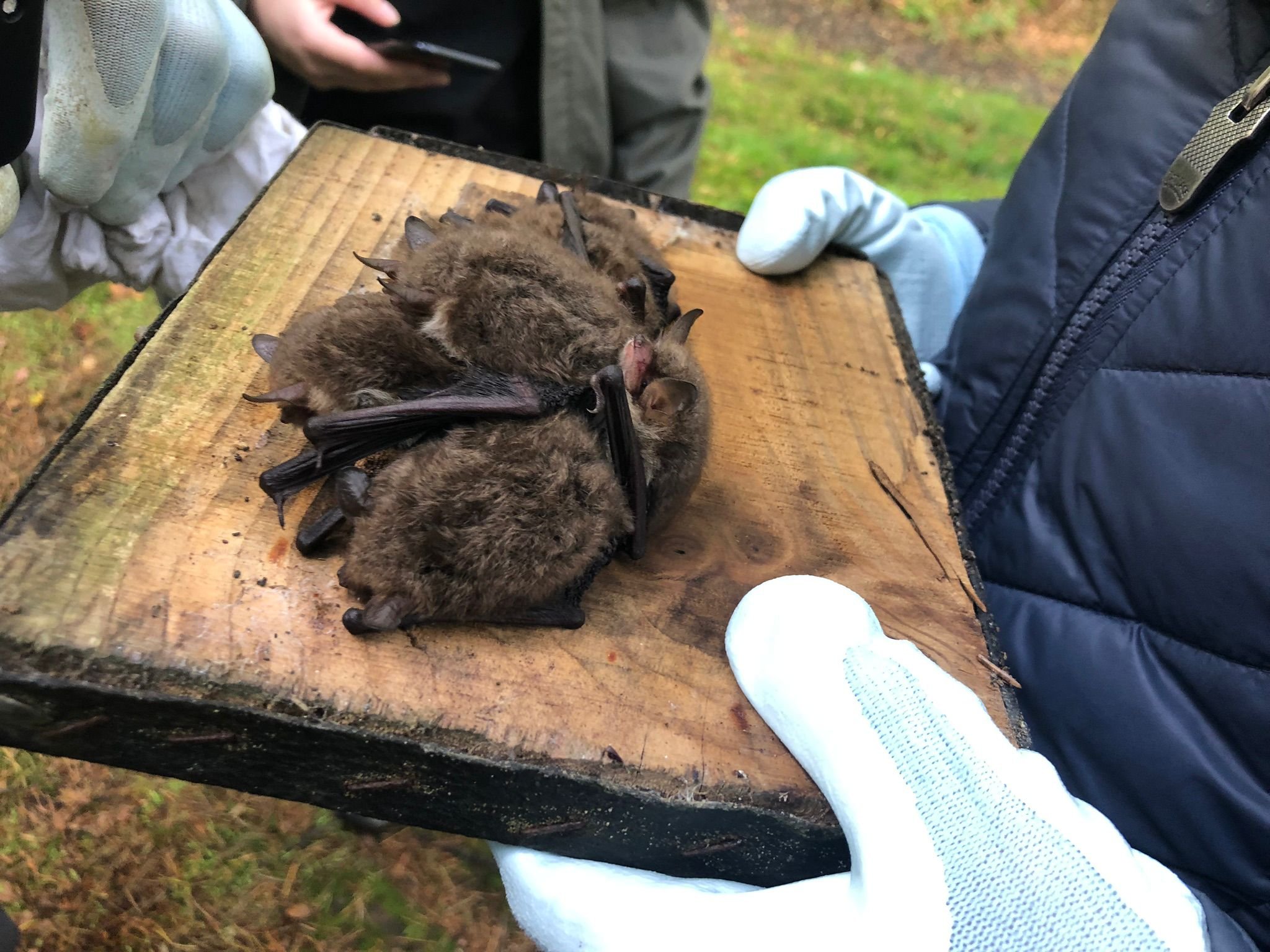From Flappy Mouse to Bat: A Linguistic Journey
The English language has a curious way of naming animals, and bats are no exception. The word "bat" seems rather inadequate to describe these fascinating creatures, so let’s explore how other languages and time periods have described them:
The Etymology* of 'Bat'
The word "bat" is believed to derive from the Middle English "bakke", possibly influenced by the Latin "blatta" (night-flying insect). "Bakke" itself likely comes from the Old Danish "natbakka", meaning "night flapper". While these words revolve around the timing of bat sightings and their distinctive movements, some of our linguistic neighbours have taken a different approach…
*Etymology is the study of the origin of words and the way in which their meanings have changed throughout history.
Other Languages’ Influence
Scandinavian and Germanic words for ‘bat’ are often variations on ‘flappy mouse’, deriving from Old Norse words like ‘leorblaka’ (leather flapper). If you’re interested in Opera, you will have likely come across Die Fledermaus, a famous German Opera written in 1874, translated as ‘The Bat’.
While ‘bat’ may have Danish and Latin influences, the Romans brought "vespertilio" (from "vesper", meaning evening), which gave us the family name Vespertilionidae for most British bats and the Italian "pipistrello", leading to our familiar "pipistrelle".
Both French and Spanish words for ‘bat’ reference mice, but both take an interesting twist…
French: "chauve-souris" (bald mouse, derived from Greek "calva sorix" or owl mouse)
Spanish: "murcielago" (from Latin "mures caeculus" or blind mouse)
The Spanish "murcielago" was chosen by Lamborghini for one of their fastest supercars, perhaps finally giving bats the prestigious name they deserve!
While many bat names draw comparisons to mice, they are not closely related to rodents! They are a diverse and distinct group of mammals, with over 1,400 species identified globally. Their order Chiroptera (meaning ‘hand wing’) contains enormous diversity, just like the origins of their current common names.
If you need a bat survey (or think you might) get in touch with our team of specialist ecologists!
Or read more of our latest blogs:






